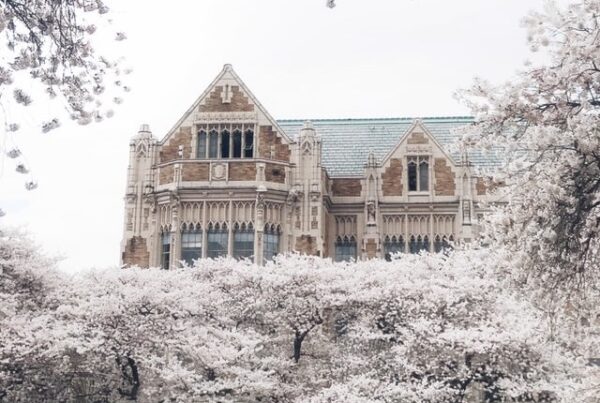Abstract: Environmental plaintiffs often face challenges when pleading their claims. This is due to difficulty in obtaining the particular facts needed to establish causation, and thus liability. In turn, this difficulty inhibits their ability to vindicate their rights. Prior to the shift in pleading standards created by Bell Atlantic Corp. v. Twombly and Ashcroft v. Iqbal, often informally referred to as “Twiqbal,” plaintiffs could assert their claims through the simplified notice pleading standard articulated in Conley v. Gibson. This allowed plaintiffs to gain access to discovery, which aided in proving their claims.
The current heightened pleading standard established by Twiqbal, also referred to as the plausibility pleading standard, serves as a gatekeeping mechanism that keeps environmental plaintiffs out of courts and away from justice by dismissing meritorious claims. Meanwhile, courts have repeatedly refused to apply the heightened pleading standard to defendants’ pleadings, namely affirmative defenses, resulting in a split across the circuit courts. This practice aids defendants at the expense of plaintiffs by allowing defendants to adhere to a less stringent standard, putting plaintiffs on unequal footing. The standard allows defendants to make conclusory assertions, which may effectively defeat a plaintiff’s case. Further, this practice increases the possibility of judicial bias because various courts across the United States apply different standards to both parties. If courts instead uniformly applied the heightened pleading standard to both plaintiffs and defendants alike and allowed environmental plaintiffs relaxed specificity requirements due to their limited access to information at the pleading stage, it could address some of the inequalities created as a result of Twiqbal.
This Comment examines the impact of the heightened pleading standard on environmental plaintiffs and proposes the circuit split be reconciled. Part I discusses the massive shift to the heightened pleading standard from Conley to Twombly and Iqbal. Part II explains three main critiques of the Twiqbal plausibility pleading standard. Part III discusses the unique attributes of environmental litigation that are in conflict with the heightened pleading standard. Part IV explains the conflict between the heightened pleading standard and environmental litigation through a case study of the different ways in which courts have inconsistently applied the heightened pleading standard to plaintiffs’ claims and defendants’ affirmative defenses. Finally, Part V argues that courts should apply the Twiqbal standard in a consistent manner to both plaintiffs and defendants, as well as provide flexibility to environmental plaintiffs’ pleadings to ensure plaintiffs have adequate access to the requisite information needed to sufficiently plead their cases and receive justice.



